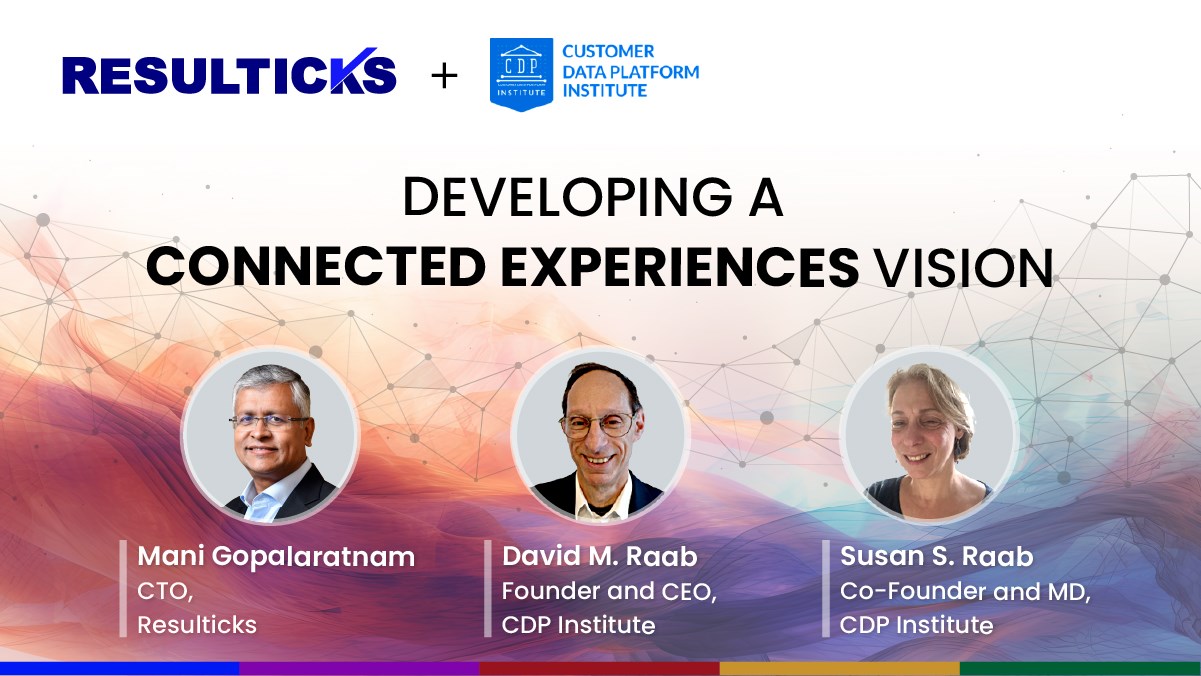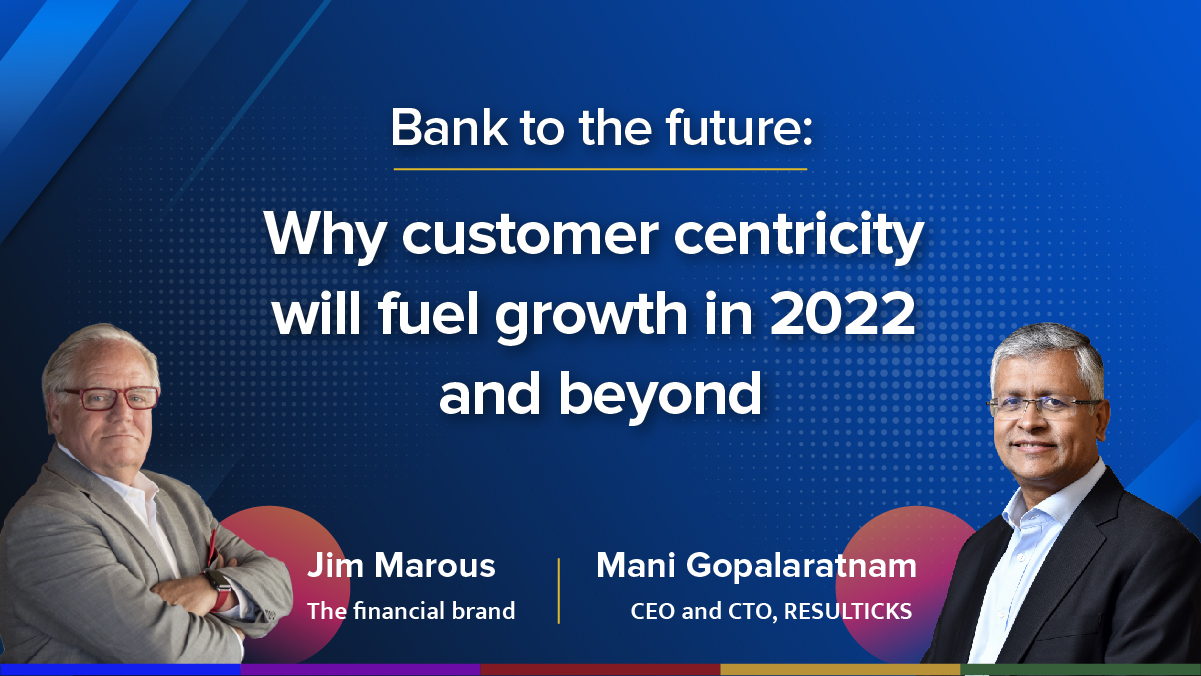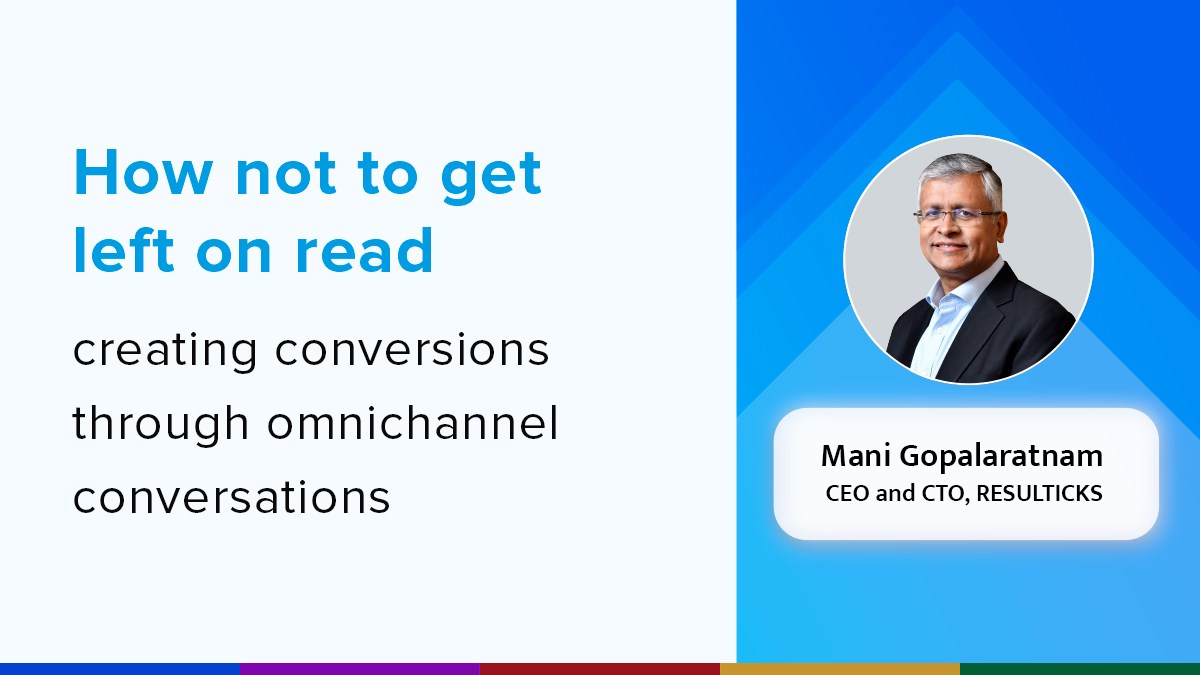Summary
- Hyper-personalized CX journeys bring a pertinent privacy concern question to the forefront
- Brands worldwide are adapting workarounds to balance personalization and privacy
- The future landscape places significant emphasis on making every consumer privacy conscious, in compliance with prevailing regulations
Gartner, a leading digital authority worldwide, has declared that “...by 2020, poor customer experiences will destroy 30% of digital business projects.”
What’s more, asserts Gartner, customers’ purchase decisions will increasingly become “driven more by personalized experiences, trusted peer-to-peer information, and real-time delivery of information and services.”
What must brands do to fulfill that tall order?
The short and long answers are the same: data.
Detailed, highly personal, constantly enriched data on virtually every dimension of an individual’s customer profile—demographic, psychographic, behavioral, preferential, and propensity.
In the age of widespread internet connectivity, people purchase goods, pay bills, and manage their personal and professional lives using any number of digital devices across innumerable channels, a lot of data is generated.
In response, virtually every brand has devised ways to access some of that information and apply it in commonplace applications aimed at personalizing the brand experience, such as greeting individuals by name, pre-populating order forms, triggering pop-ups based on browsing history, and the like. More often than not, however, the execution is patchy, with inconsistent levels of success.
The more digitally evolved brands and the marketplace leaders have acquired ways to access much more of that highly personal data along with the analytic and communication orchestration capabilities to deliver highly personalized, seamless engagement in much more sophisticated ways. Those with the most advanced technology and tools can access and deploy their insights gained in real time with pinpoint accuracy and increasingly personal and contextual relevance.
The underlying paradox
The same customers who expect personalized experiences whenever and wherever they happen to be, also often feel uncomfortable with the idea that brands hold sensitive information that is required to meet those expectations.
They seek recognition and the guarantee of being catered to by brands anytime and on any channel they choose, yet recoil from the idea of being tracked.
This paradox isn’t without basis. With so much personal data being made available, a multitude of risks come to the fore:
- Privacy disclosure without consent
- Unsolicited advertising
- Unwanted exposure of sensitive information
- Unwarranted attention by malicious interests
Privacy risks: The big picture
Government regulators worldwide have taken considerable interest in how brands use—and in some high-profile instances, abuse—consumers’ personal data. What’s more, upwards of 80 countries’ governments (as of a recent count) have begun to impose strict standards requiring marketers to safeguard the privacy of consumers’ personal information.
The Global Data Protection regulations in the European Union have garnered the most attention, but corresponding regulations have been enacted worldwide.
This, of course, brings significant implications for brands committed to implementing an integrated omnichannel engagement strategy focused on hyper-individualized communications and experiences.
It’s not all bad news, however.
While brand marketers must necessarily navigate some brand equity issues (in terms of customer trust and reputation) and very real regulatory challenges, with understanding, creativity, respect, collaboration, and a unified approach, they can still deliver a seamless highly personalized experience and remain in complete compliance with even the most stringent privacy regulations.
The seamless journey on the path to privacy compliance
Certainly, the place start is knowing the law—what’s permissible and what’s not. Marketers do not have to do this singlehandedly, nor should they try. Any personalization strategy should be implemented only after consultation with corporate legal counsel, risk management, corporate communications, public relations, and others with responsibility for or an interest in corporate compliance and brand image.
Another foundational element is taking care to set appropriate boundaries. While aggressively pushing the edge of the compliance envelope may result in highly personalized communication, it may simultaneously result in more than perfunctory regulatory scrutiny.
Also, getting too personal too often makes people feel their privacy has been invaded or that they’re being monitored by some creep from a stalker movie. Personalization efforts done well should give customers a sense that the brand truly appreciates their business and is doing all it can deliver efficiency and added value, not spying on them to extract every cent possible.
Brands should also tailor their personalization strategy to their audiences, industries, and business models. The degree of personalization in both communication and brand experience for a high-end hotel chain that pampers its demanding clientele will differ from a consumer electronics brands that aims to attract and keep customers focused on features, functions, and upgrades. Highly regulated industries such as banking and healthcare face even greater challenges in tapping into the wealth of date they have for marketing purposes while staying in compliance with very rigid privacy regulations concerning personally identifiable information.
Resolving the paradox
Brand marketers who take compliance seriously must also take the broadest view of the brand experience. Ensuring that functions outside of marketing’s direct control—sales, service, and support for example—understand their role in both delivering the personalized experience and safeguarding personal data is essential to avoiding inadvertent breaches of privacy or misguided efforts to personalize an encounter.
One last element in confronting the privacy paradox is communication, education, and transparency with customers. Helping customers understand why collecting their information improves products and services, and how using their personal data makes possible the individualized experiences they expect can give them the comfort and confidence they need to share their information.
On the other hand, consumers should also take it upon themselves to inform themselves about the tactics of unsavory agents in the marketplace, how to guard against divulging too much too often, how to manage the data that brands collect on them, and where to go for solutions when infringements occur.
Privacy-conscious future
Fortunately, there’s a growing awareness among consumers of the importance of data privacy and greater incentives among brands to protect it. Smart, ethical brands and their partners in marketing communication technology have made enormous strides in engineering capabilities and safeguards that facilitate the safe and compliant collection, storage, and use of data and ensure compliance with the applicable regulations.
All said and done, nothing is more important than a brand’s promise to its customers to them the pivot point of its value proposition.

















